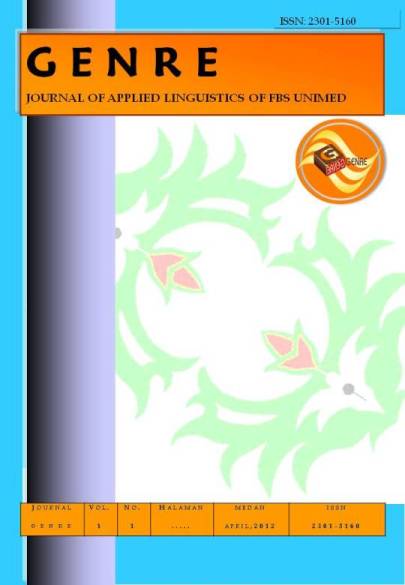Teaching Strategies Used By English Teacher For Writing Descriptive Text In Vocational High School
DOI:
https://doi.org/10.24114/gj.v14i3.67401Abstract
This study aimed to (1) analyze the teaching strategies used by the English teacher in teaching writing descriptive text at a Vocational High School, and (2) describe how these strategies were implemented during the teaching and learning process. The research employed a descriptive qualitative approach, which is suitable for exploring and understanding the detailed aspects of teacher strategies in a natural classroom setting. The data in this study were collected through two main techniques: classroom observations and in-depth interviews with the teacher. The collected data were then analyzed using three stages of qualitative data analysis, namely data reduction, data display, and conclusion drawing, as proposed by Miles and Huberman. The findings of this study revealed that the English teacher applied five teaching strategies that align with the framework proposed by Haynes and Zacarian (2010). These strategies included: (1) determining key concepts, (2) making the lesson visual, (3) linking new information to students’ prior knowledge, (4) providing comprehensible input, and (5) modifying vocabulary to suit students’ language proficiency levels. the implementation of these strategies was integrated into the Modeling of the Text stage, which is a crucial phase in the Genre-Based Approach. This stage allowed the teacher to guide students in analyzing and understanding the structure and language features of descriptive texts before attempting to write their own. As a result of this approach, students demonstrated improved comprehension of the material, increased attentiveness during the lesson, and greater participation in class activities. These strategies were found to be effective in helping students engage with the lesson content more meaningfully. Keywords: Teaching Strategies, Teaching Writing, Descriptive Text.Downloads
Published
2025-07-30
Issue
Section
Articles
License
Copyright (c) 2025 Andre Silitonga, Yeni Erlita

This work is licensed under a Creative Commons Attribution-NonCommercial-NoDerivatives 4.0 International License.
Authors who publish with this journal agree with the following terms:
- Authors retain copyright and grant the journal right of first publication with the work simultaneously licensed under a Creative Commons Attribution License that allows others to share the work with an acknowledgment of the work's authorship and initial publication in this journal.
- Authors are able to enter into separate, additional contractual arrangements for the non-exclusive distribution of the journal's published version of the work (e.g., post it to an institutional repository or publish it in a book), with an acknowledgment of its initial publication in this journal.
- Authors are permitted and encouraged to post their work online (e.g., in institutional repositories or on their website) prior to and during the submission process, as it can lead to productive exchanges, as well as earlier and greater citation of published work (See The Effect of Open Access).
- This work is licensed under a Creative Commons Attribution-ShareAlike 4.0 International License.







.png)


